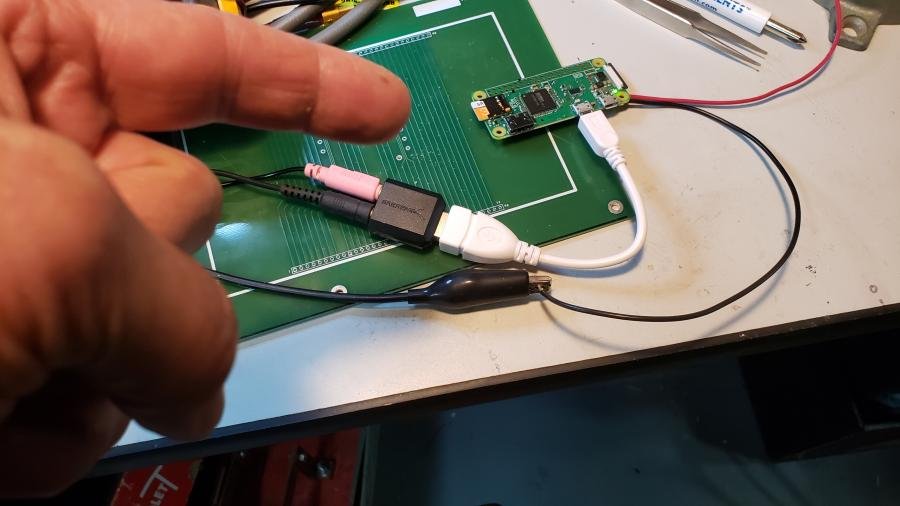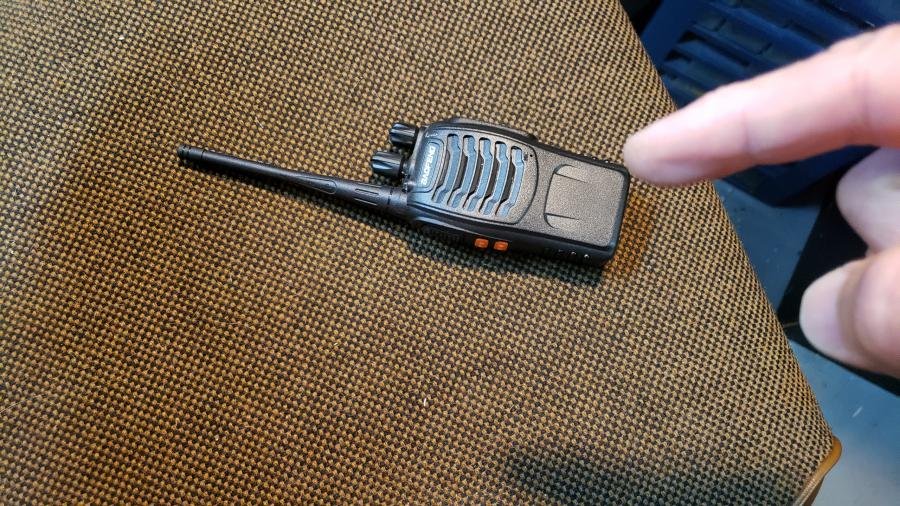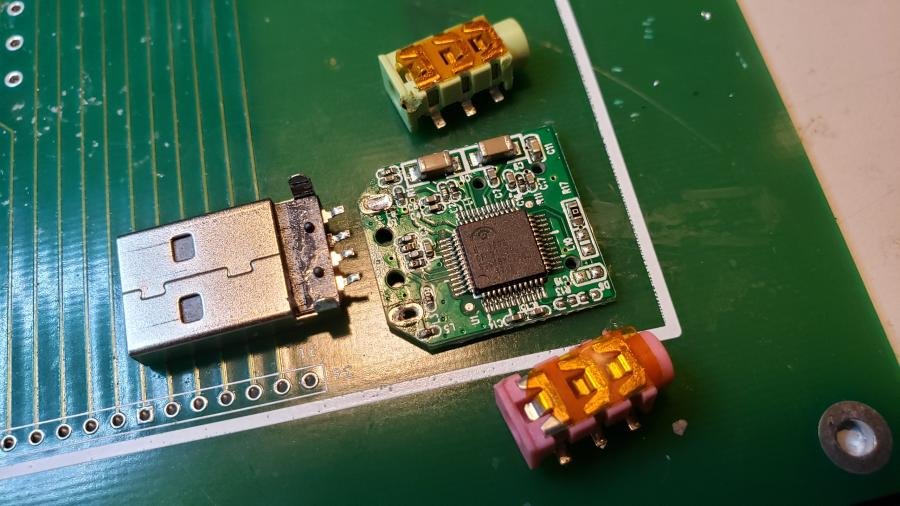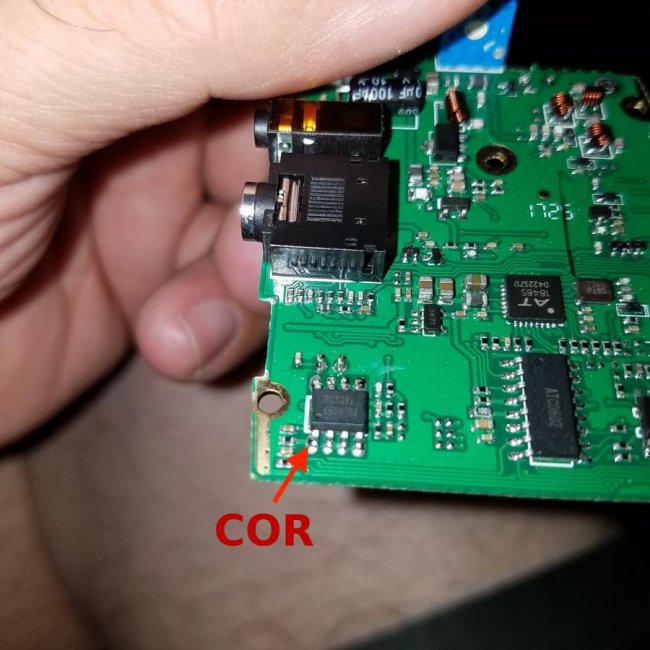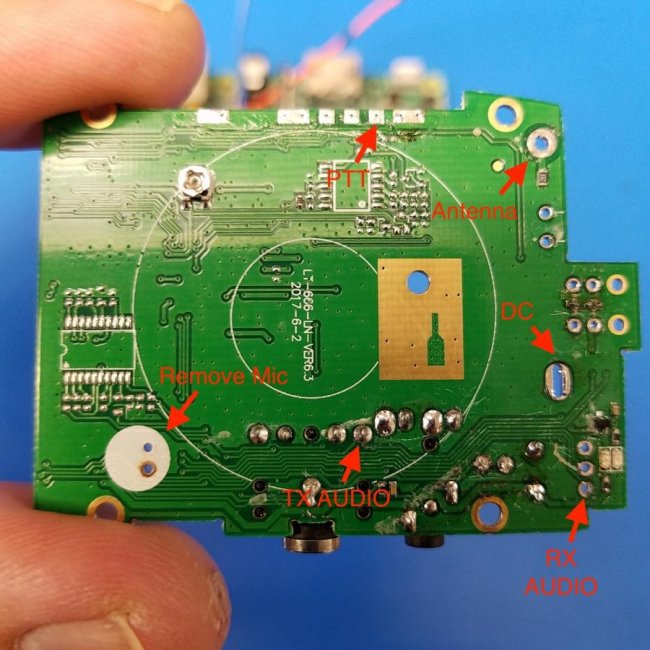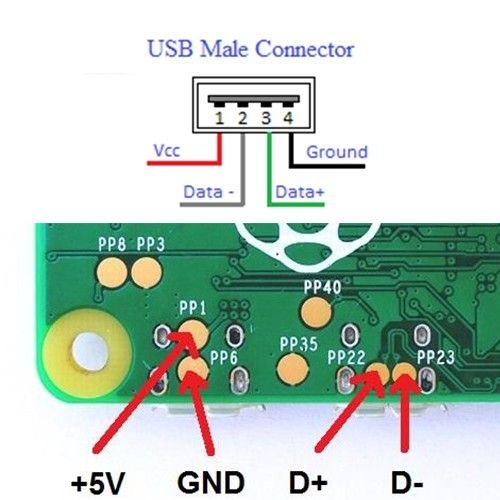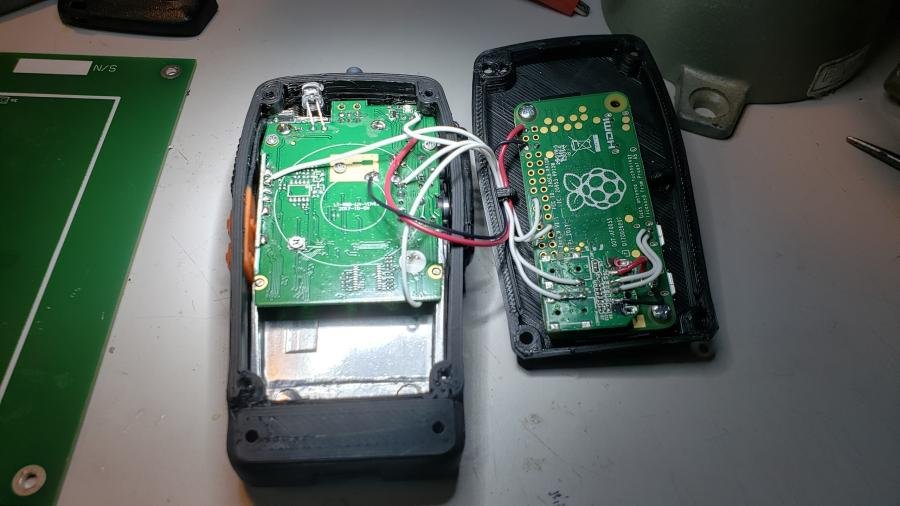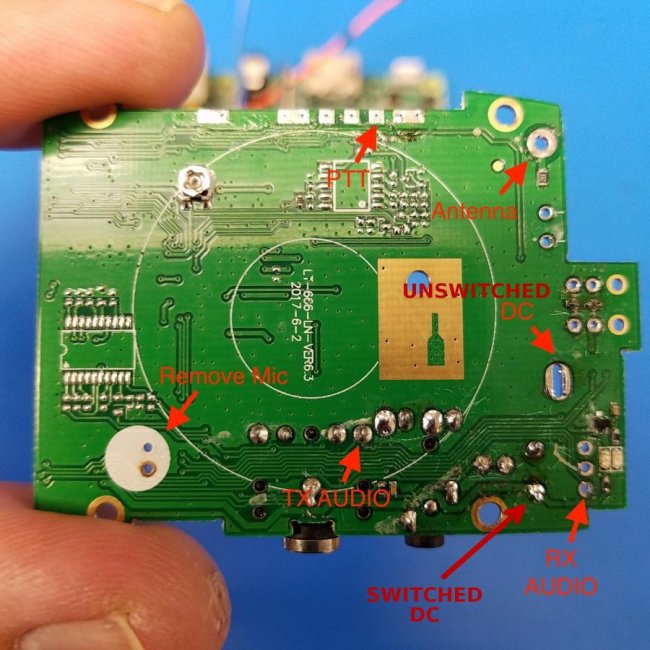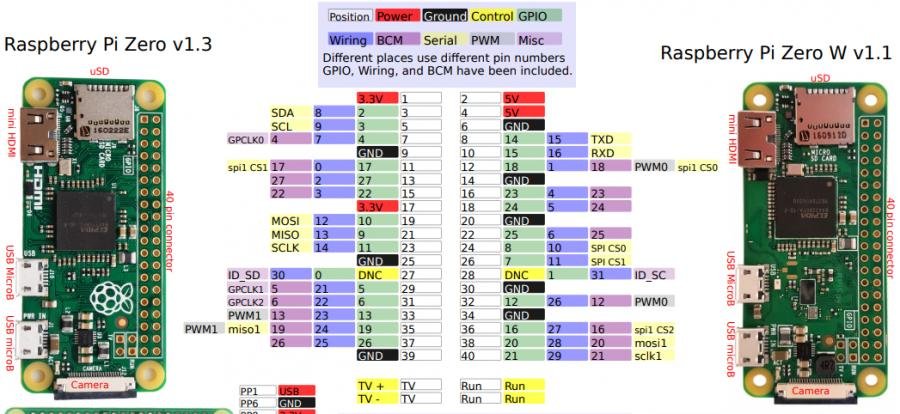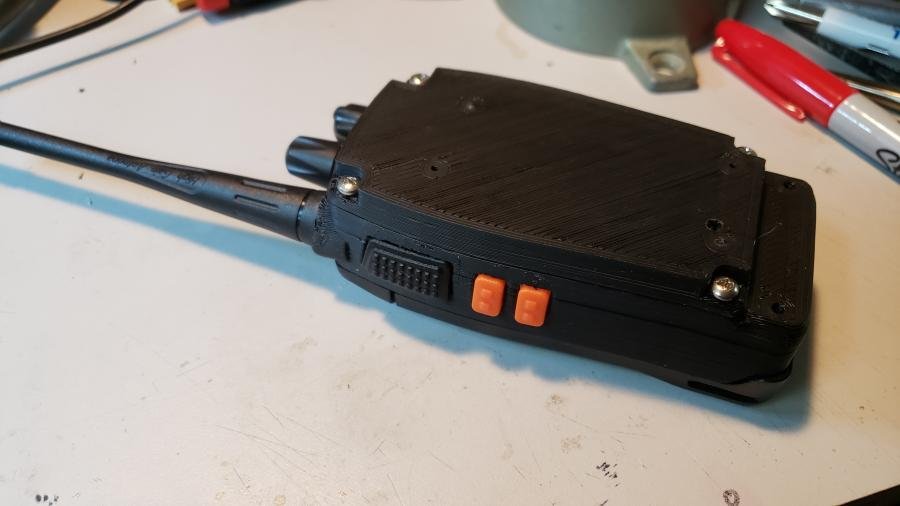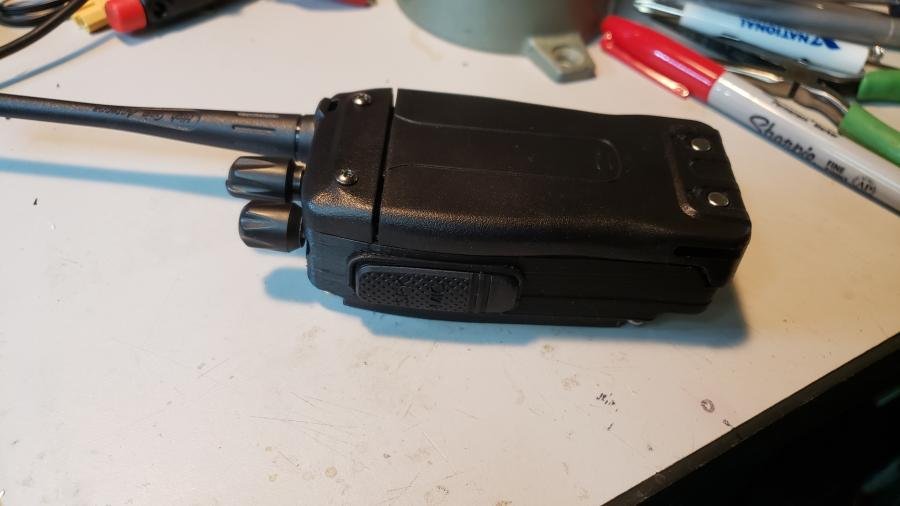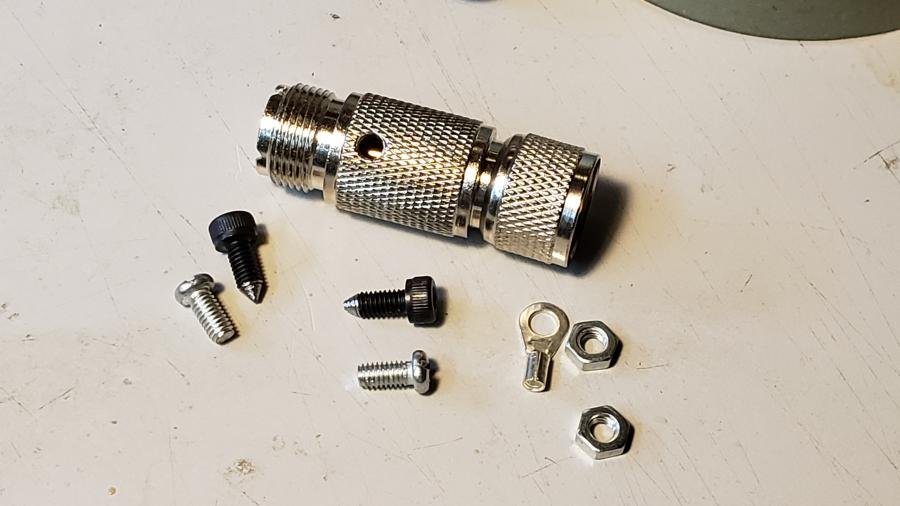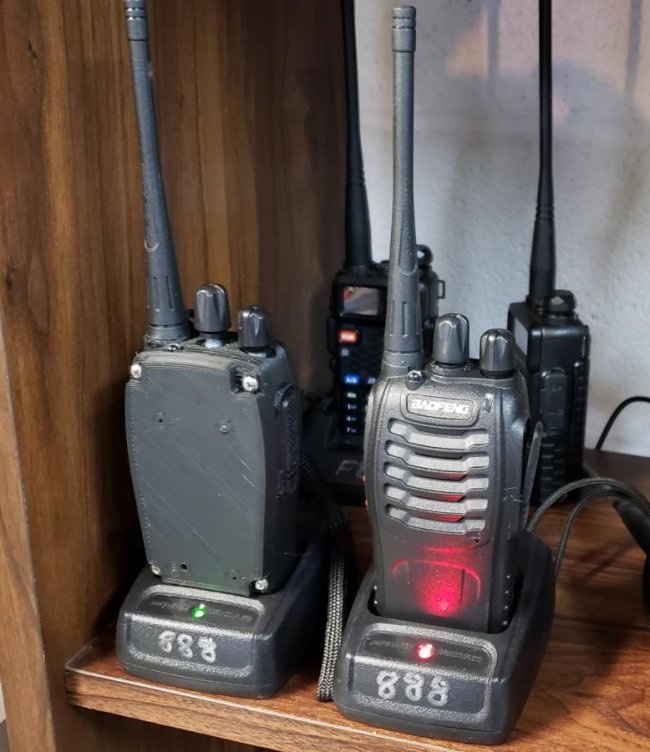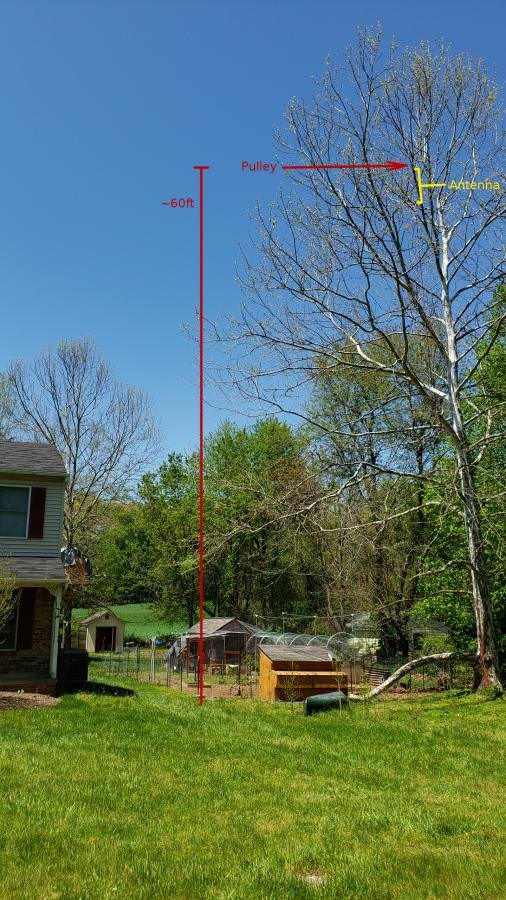MigraineMan
Defenestration Specialist
Didn't want to tart-up the Amateur Radio FAQ thread, so I'm moving my "build" post over here. Please feel free to contribute radio-related things you've built or done (there are plenty of other threads for "operation.")
--
I've been toying with some emergency comms ideas for a while now. I've been planning to hack up my Baofeng BF-888s radios when an appropriate project tickled my fancy. Well, my fancy has been tickled.
(yeah, that sounds nasty ...)
The BF-888 radio is an el-cheapo 70cm (440MHz) UHF radio that is available for about $10 each. No frills - no keyboard, no display, minimal controls. You can program 16 channels using remote-control software from a PC. It also appears to be discontinued due to the recent FCC kerfuffle with being not-type-accepted for transmitting on certain bands like FRS and GMRS. Regardless, it's still pretty available on eBay and Amazon.
I found a nifty project on Github for a Raspberry Pi simplex repeater. It's targeted at the Pi 2+, but I happen to have a handful of Pi Zero Ws in my project box. The Zero W doesn't have an audio interface, but I also have a Sabrent USB audio dongle that I'm not using. Seems like a good match. I'm thinking that I can remove the speaker and mic from the 888 and stuff the Pi Zero W and Sabrent dongle in the available space.
First up, I cloned the Git repo and confirmed that the software runs on the Pi Zero W without issue.
https://github.com/allebb/pirrot
It works fine, in spite of complaining that it can't initialize the speaker (something left over from ALSA configuration on the Pi 2?) I confirmed that I can play back the beacon ID audio over the Sabrent interface, and I can manually trigger the Radio COR input ("carrier operated relay" aka "squelch has broken") and make the simplex repeater function properly - receive the inbound voice, record it, and replay it back immediately.
Next up, I want to run the whole sheabang off the Baofeng's internal battery. That's a single LiPo cell, so I'm looking at 3.7-4.2V rather than the 5V the Raspberry Pi wants (and who knows what the Sabrent soundcard requires.) I put the system on a bench supply, and it's happily trundling along at 3.7V drawing about 180mA. I re-tested the system at 3.7V, and everything seems to be working fine.
That's where I am so far. I'm going to pull apart the 888 soon and see how much room I have with the speaker and mic cleared out. Docs are available online showing where to pick-off the COR, PTT (push to talk) and other signals from the 888.
--
I've been toying with some emergency comms ideas for a while now. I've been planning to hack up my Baofeng BF-888s radios when an appropriate project tickled my fancy. Well, my fancy has been tickled.
(yeah, that sounds nasty ...)
The BF-888 radio is an el-cheapo 70cm (440MHz) UHF radio that is available for about $10 each. No frills - no keyboard, no display, minimal controls. You can program 16 channels using remote-control software from a PC. It also appears to be discontinued due to the recent FCC kerfuffle with being not-type-accepted for transmitting on certain bands like FRS and GMRS. Regardless, it's still pretty available on eBay and Amazon.
I found a nifty project on Github for a Raspberry Pi simplex repeater. It's targeted at the Pi 2+, but I happen to have a handful of Pi Zero Ws in my project box. The Zero W doesn't have an audio interface, but I also have a Sabrent USB audio dongle that I'm not using. Seems like a good match. I'm thinking that I can remove the speaker and mic from the 888 and stuff the Pi Zero W and Sabrent dongle in the available space.
First up, I cloned the Git repo and confirmed that the software runs on the Pi Zero W without issue.
https://github.com/allebb/pirrot
It works fine, in spite of complaining that it can't initialize the speaker (something left over from ALSA configuration on the Pi 2?) I confirmed that I can play back the beacon ID audio over the Sabrent interface, and I can manually trigger the Radio COR input ("carrier operated relay" aka "squelch has broken") and make the simplex repeater function properly - receive the inbound voice, record it, and replay it back immediately.
Next up, I want to run the whole sheabang off the Baofeng's internal battery. That's a single LiPo cell, so I'm looking at 3.7-4.2V rather than the 5V the Raspberry Pi wants (and who knows what the Sabrent soundcard requires.) I put the system on a bench supply, and it's happily trundling along at 3.7V drawing about 180mA. I re-tested the system at 3.7V, and everything seems to be working fine.
That's where I am so far. I'm going to pull apart the 888 soon and see how much room I have with the speaker and mic cleared out. Docs are available online showing where to pick-off the COR, PTT (push to talk) and other signals from the 888.

